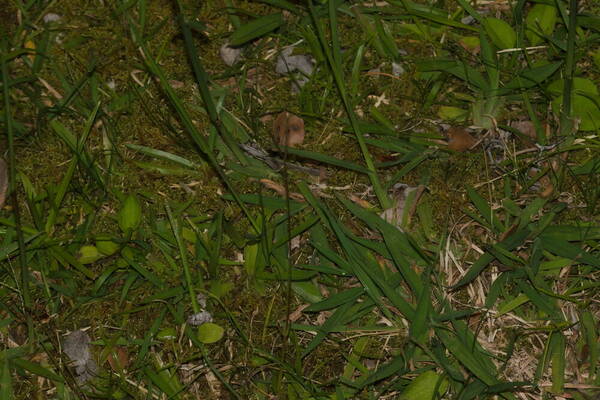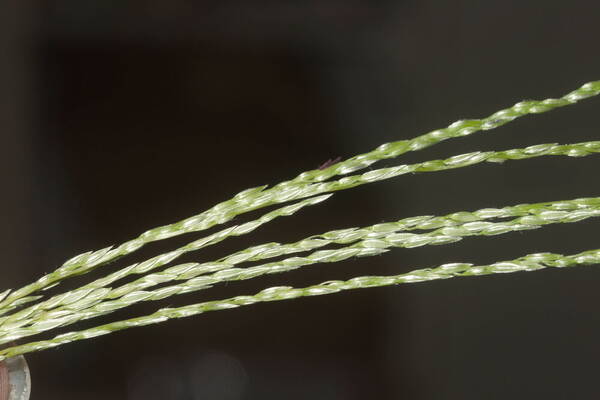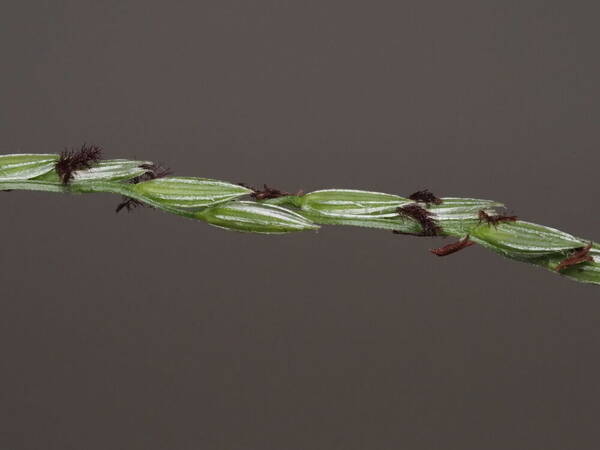Info
Subfamily: Panicoideae
Genus etymology: Digitaria = "having fingers" [Latin] refering to the inflorescence structure
Species etymology: eriostachya = "wooly spikes" [Latin] refering to the hairs on the spikelets
Photosynthetic type: C4 (warm season)
Nativity: naturalized - intentional
First recorded in Hawaiʻi: 2001
Map

Inflorescence




Plant



Spikelets






Description
Plants perennial; stoloniferous; rhizomatous or lacking rhizomes. Nodes glabrous. Sheath auricles 1–2 mm long. Sheaths glabrous. Ligule 1–3 mm long. Leaf blades flexuous; spreading; 3–20 cm long; 3–8 mm wide; glabrous on the lower surface; glabrous on the upper surface; with the midrib not obviously differentiated. Main axis 20– 40 mm long; with quaquaversal primary branches. Primary branches appressed to the main axis to spreading; not whorled; 4–7 on the main axis; 0.2–0.3 mm wide. Pedicels 2– 3 mm long. Cleistogamous inflorescence absent. Spikelets 36–60 on a typical primary branch; lanceolate or elliptic; (2.2–)2.4–2.9 mm long; 0.6–0.8 mm wide. First glume absent (occ. present as a minute scale ca. 0.1 mm long). Second glume 1 times spikelet length; 3–5-nerved; hairy; acuminate to acute. Lemma of lower floret 7-nerved; acuminate to acute; hairy. Lower lemma hairs overtopping the upper floret (by 0.2–0.5 mm); white. Upper floret 0.92–1 times the length of the lower floret. Lemma of upper floret grey or yellow; acuminate. Distribution: Paraguay and Argentina.
(Description source: Webster, R.D. & Hatch, S.L. 1990. Taxonomy of Digitaria section Aequiglumae (Poaceae: Paniceae). SIDA, Contributions to Botany 14(2): 145–167. )